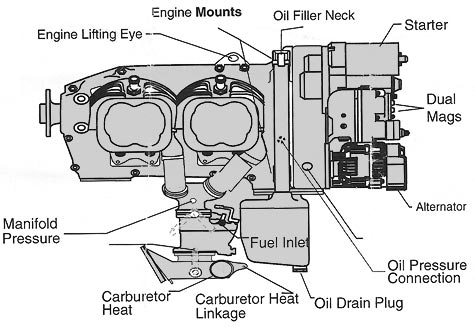kevin7500
Pre-takeoff checklist
Rather than hijack the "3 degree" thread I thought I would start a new one. It seems that there is great concern about loosing the engine on final. I have spent a fair amount of time reading NTSB reports while researching which aircraft I want to pursue purchasing. Engine failure on final is an EXTREMELY rare cause for an accident. You, as a GA pilot, are much more likely to crash due to fuel exhaustion than anything else.
So, how many of you have experienced a complete loss of power on final? Please exclude loss of power due to fuel exhaustion for obvious reasons. I am trying to determine if my attitude is too casual regarding this scenario.
Thanks!
So, how many of you have experienced a complete loss of power on final? Please exclude loss of power due to fuel exhaustion for obvious reasons. I am trying to determine if my attitude is too casual regarding this scenario.
Thanks!





